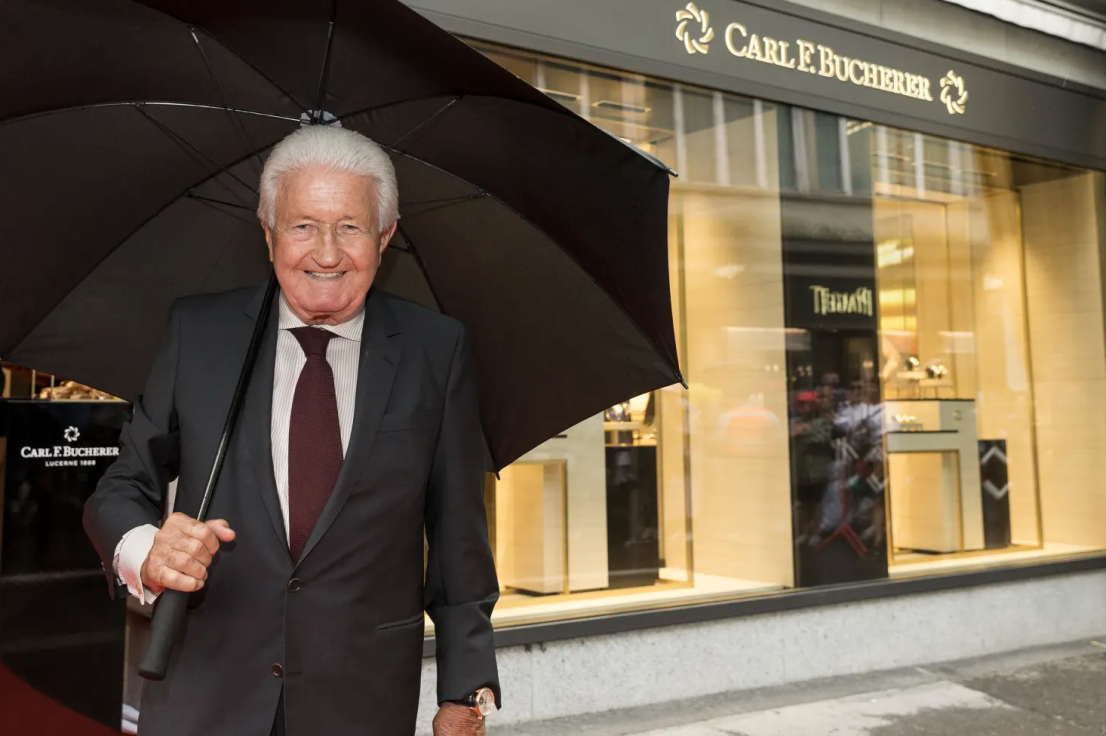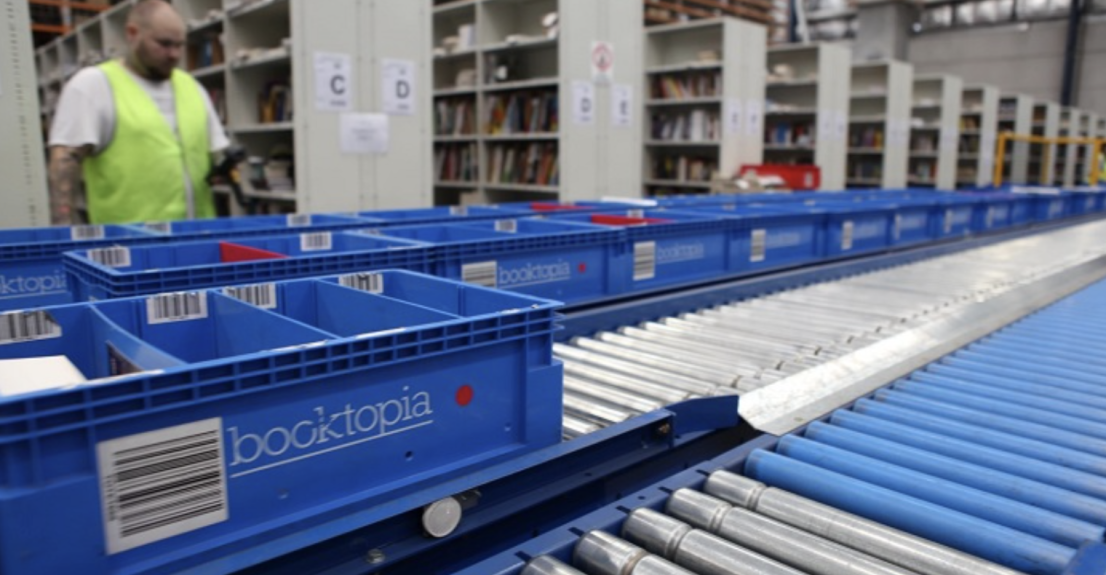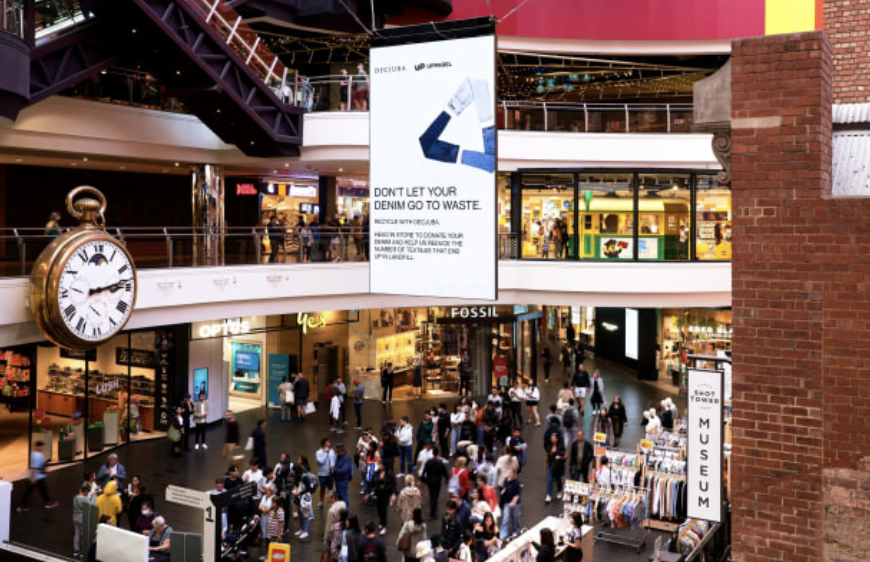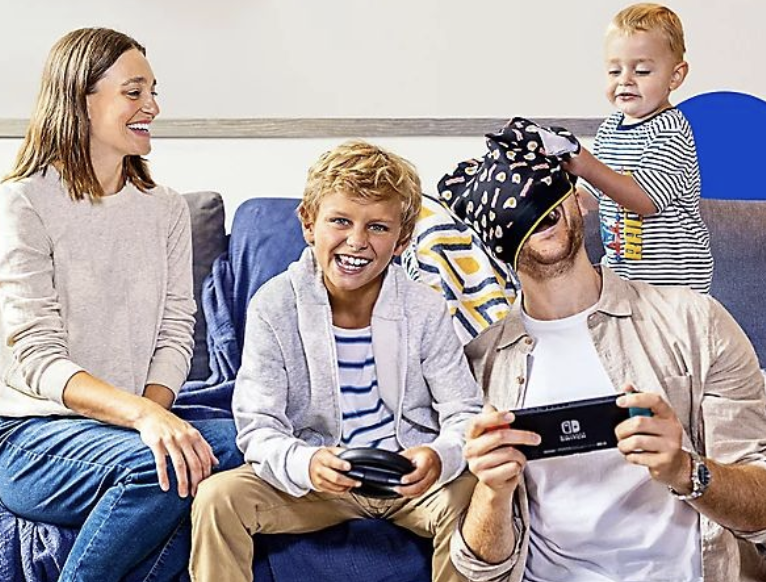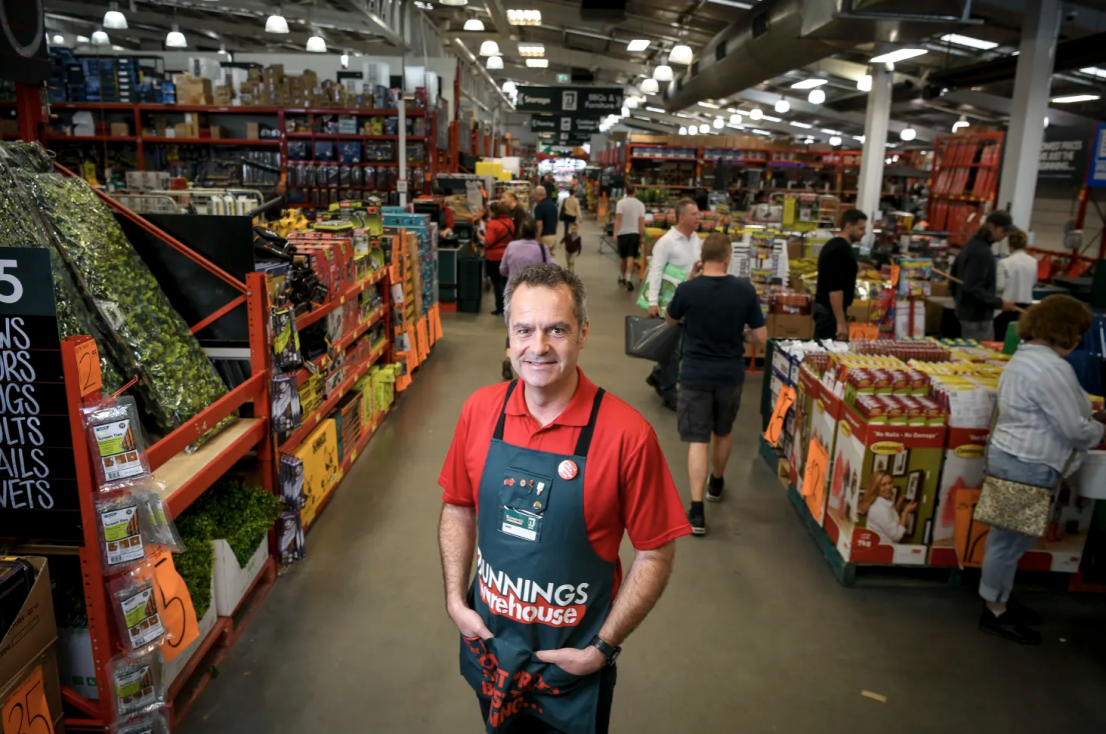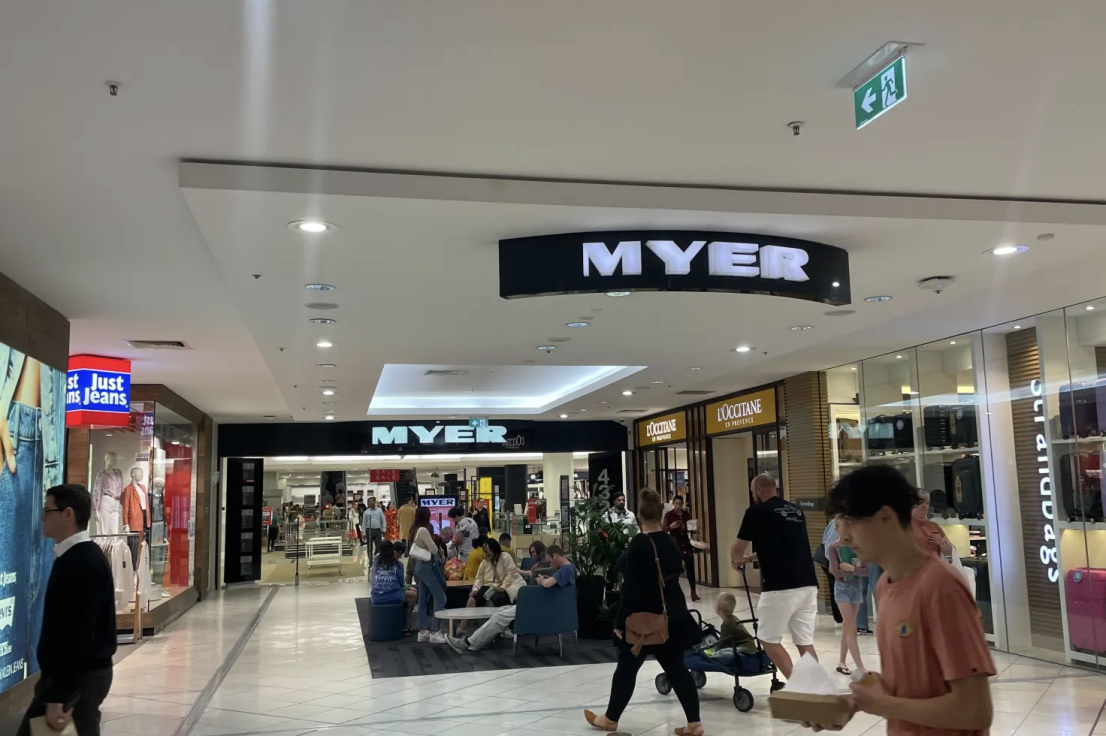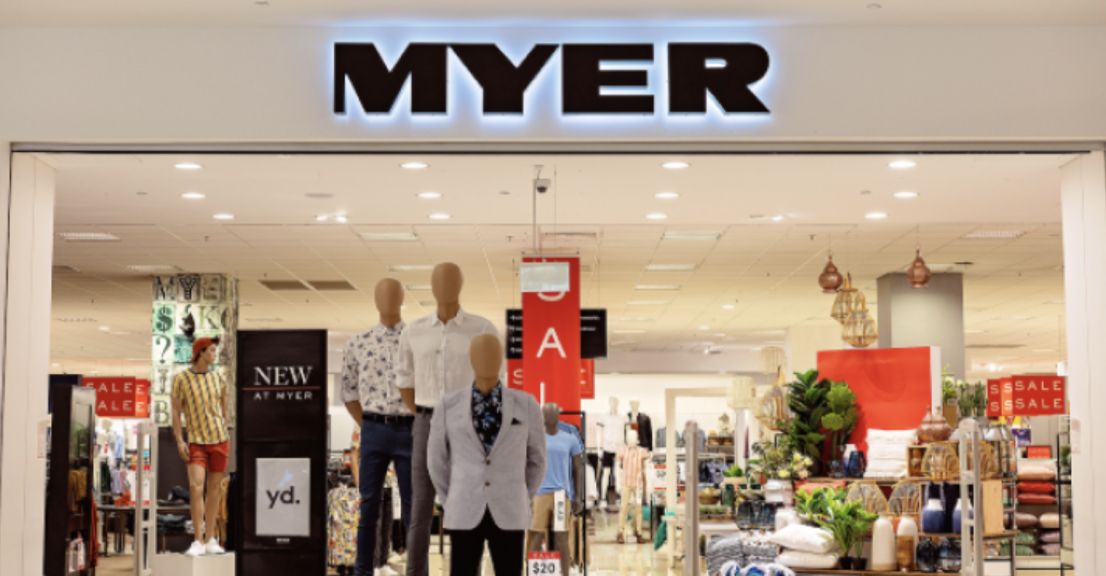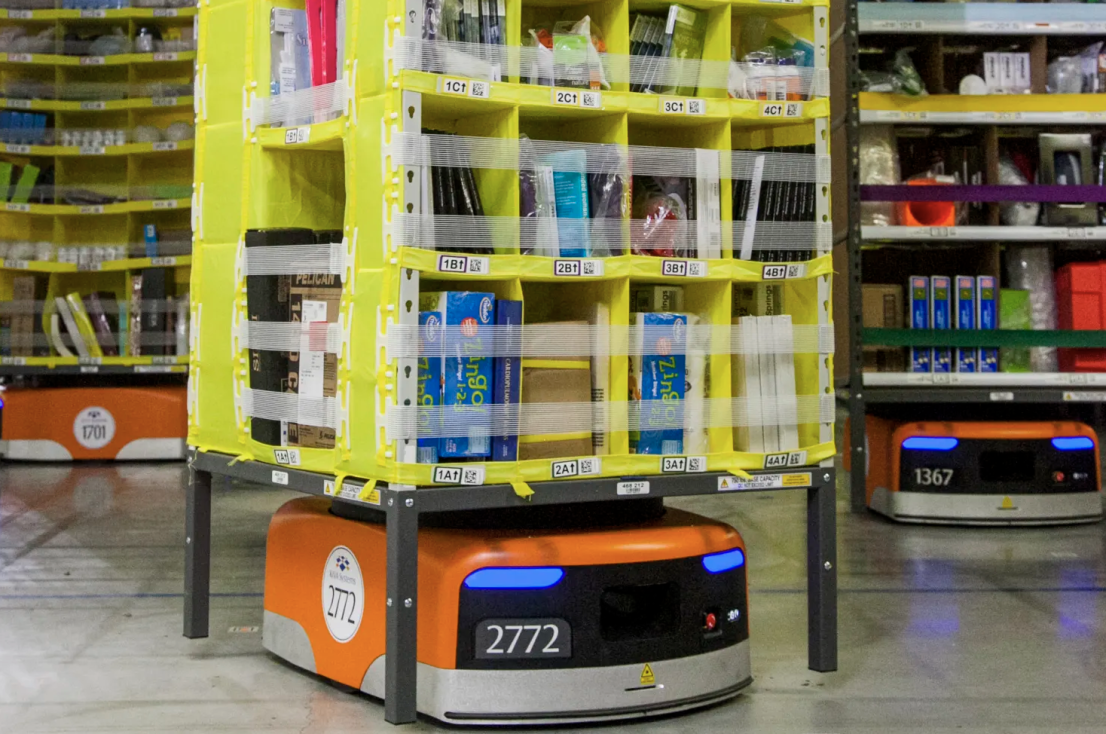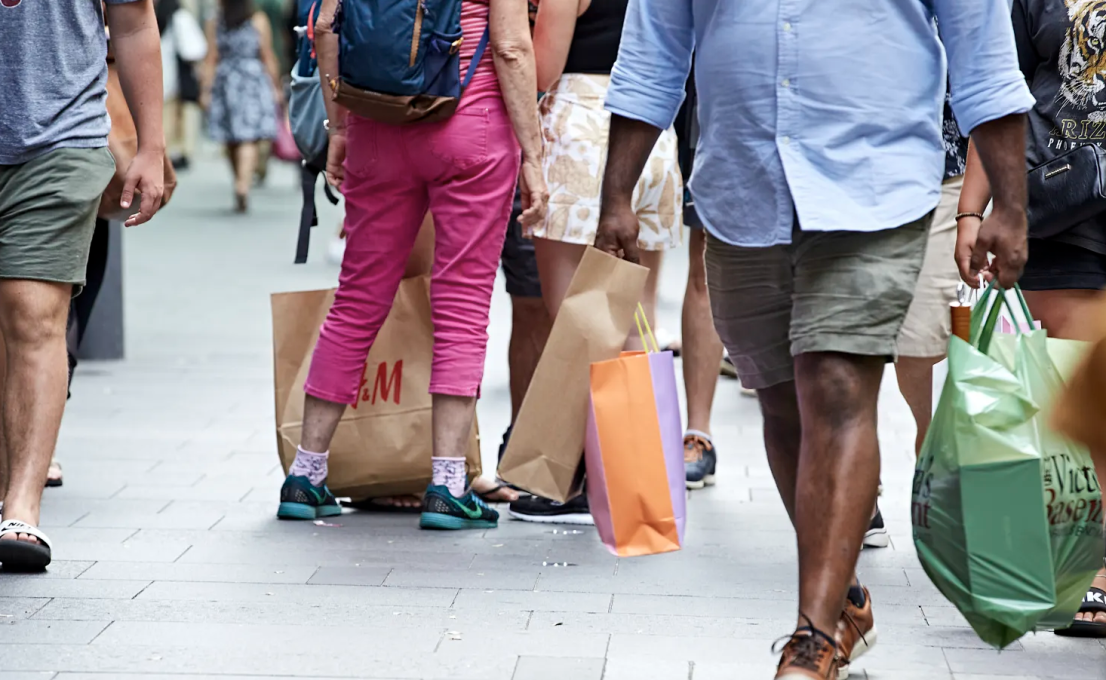
Over eight in ten Australians say they “need to find a way to make their next holiday more affordable” according to research commissioned by Melbourne-born luggage brand July.
In collaboration with Ground Truth Research, July’s Travel Report: Unpacking Australia uncovered various aspects of Australian travel, including cost-of-living impacts and the personal sacrifices made to fund holidays.
It found that 73% of people cite cost-related factors as the biggest impediment to realising their personal travel goals, with 35% of Australians having postponed a trip due to cost of living pressures. A further 23% have altered their trip significantly to make it more affordable, while 12% have cancelled a trip altogether.
1 in 5 Australians have extended a work trip to enjoy some leisure time over the past 12 months.
Over two-thirds (68%) of Australians say it’s important they travel for leisure within the next six months, however ‘general cost-of-living pressures’ (54%), a lack of available funds (43%) and the price of air travel (31%) are the biggest obstacles. This outweighs time-related factors, including getting time off (17%) and rising mortgage and rental payments (12%).
Personal sacrifices include forgoing food delivery and eating out (77%), cutting down on date nights (68%), cancelling streaming subscribtions like Netflix (52%) and giving up alcohol (67%) - for 18-24’s, this latter number rises to 76%.
According to the research, women are more likely to engage in these abstentions than men.
When it comes to altering holiday plans, 54% of Australians will consider travelling out of season to take advantage of lower accommodation and flight costs; 40% will consider low-cost airlines and budget accommodation; 30% will reduce the length of their stay, self-cater meals or choose a ‘cheap’ destination; and only 10% will take an indirect flight to their chosen destination.
“At July, we wanted to better understand the state of the nation,” July co-founder Athan Didaskalou said. “How Australians were feeling about travel and how they were committing to exploring with increasing pressures on daily life.
“These insights show that Aussies are willing to sacrifice daily life luxuries in order to make sure they see the world. Travel has never been more important and on the agenda for us.”
Ground Truth Research founder Helen Osborne said the findings show how integral travel is to Australian lifestyle.
“Despite growing cost of living pressures, Australians remain very committed to getting away over the next six months. But how people travel – where people go, how long they stay etc. – will change.”
The report also uncovered packing habits, finding that - on average - Australians will pack five pairs of underwear for a 3-day weekend trip.





